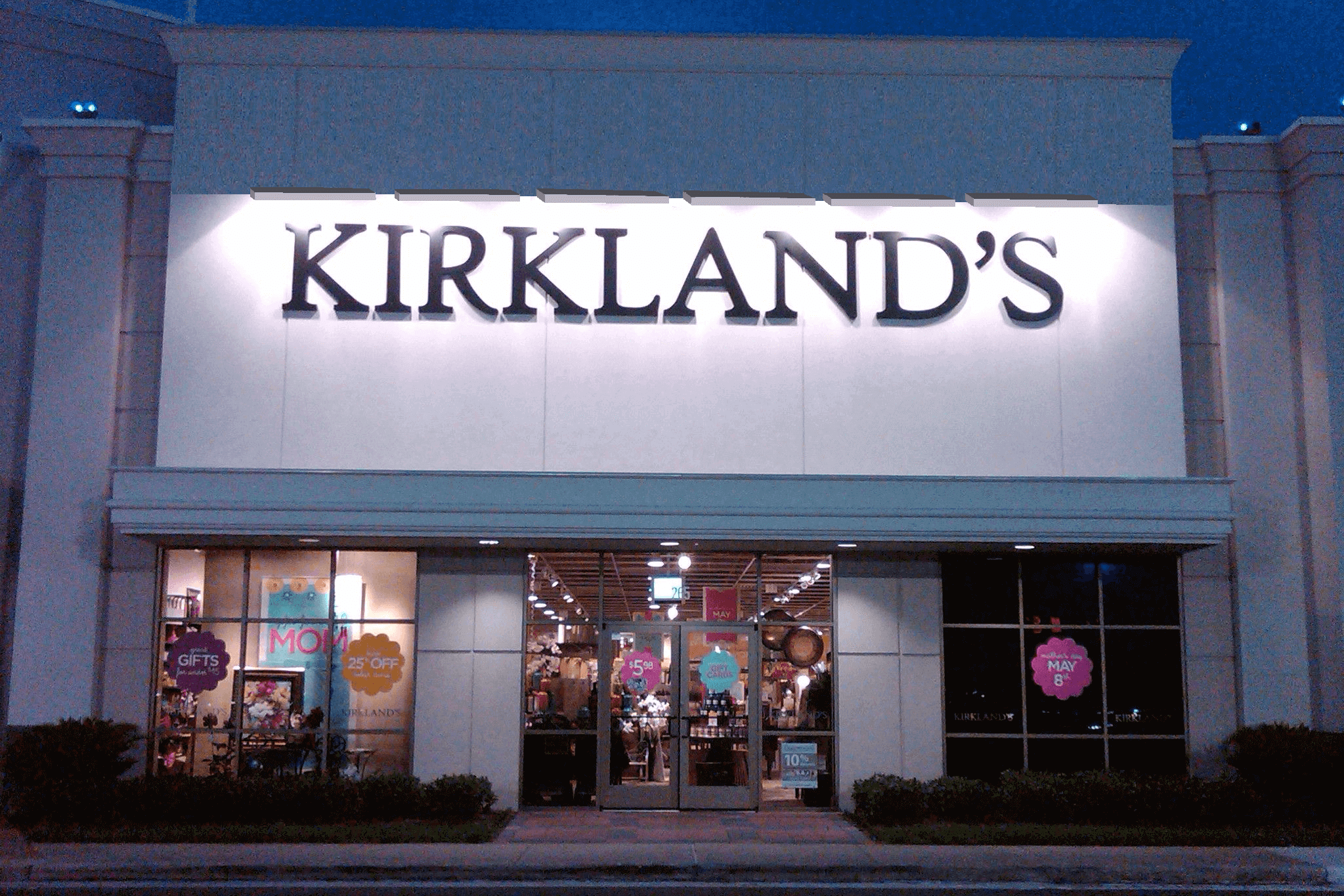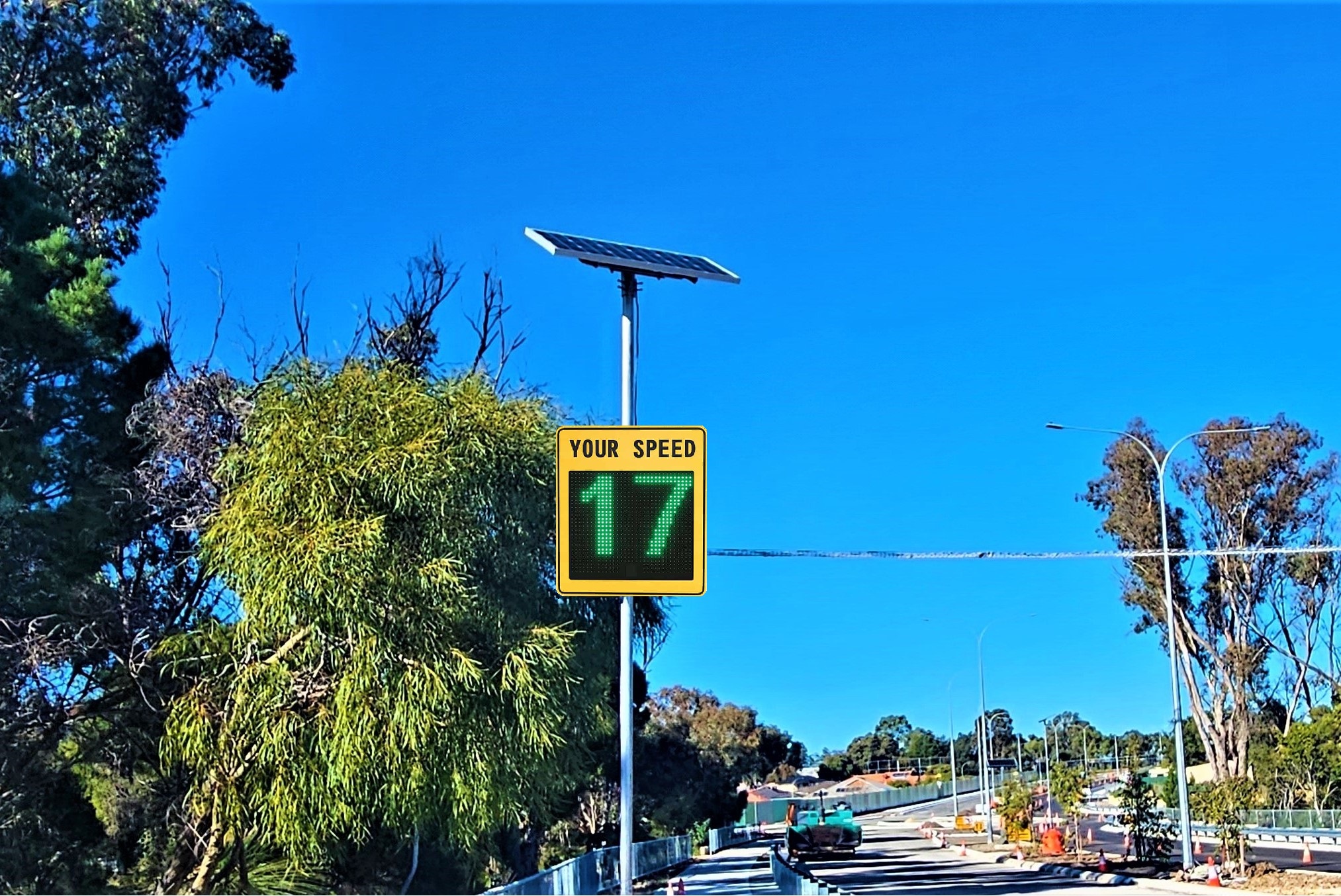The Smart Evolution of Urban Lighting
Modern cities face a dual challenge: enhancing public safety and liveability while simultaneously reducing operational costs and environmental impact. Traditional grid-powered street lighting, while essential, represents a significant financial and ecological burden. The solution lies in a technological shift towards intelligent, self-sufficient systems.
A solar street light with sensor represents this evolution, combining renewable energy generation with smart, responsive illumination to create safer, more sustainable, and cost-effective urban environments.
These advanced lighting systems operate autonomously, using solar energy during the day to power high-efficiency LED lights at night. The integration of motion sensors transforms them from static fixtures into dynamic tools that adapt to the rhythm of the city, providing light precisely when and where it is needed.
Best Energy Efficiency
The primary advantage of a sensor-equipped solar street light is its profound energy efficiency. By operating at a low, ambient level (e.g., 30% brightness) when an area is vacant and instantly ramping up to full power upon detecting movement, these systems eliminate wasted energy. This adaptive lighting model can reduce power consumption by over 60% compared to lights that remain at full brightness all night, directly translating to smaller battery and solar panel requirements.
Improved Public Safety and Security
Intelligent lighting actively improves public safety. The sudden increase in brightness upon approach can deter potential criminal activity and provides a clear, well-lit path for pedestrians, cyclists, and drivers. This creates a "circle of safety" that moves with individuals, increasing visibility and confidence in using public spaces like parks, laneways, and car parks after dark.
Significant Operational Cost Savings
Because they generate and store their own power, solar street lights have zero ongoing electricity costs and are immune to grid power price fluctuations. The elimination of the need for trenching, cabling, and connection to the electrical grid dramatically reduces upfront installation costs, particularly in remote locations or new developments. This financial benefit makes them a compelling investment for councils and developers.
Superior Reliability and Longevity
Engineered for autonomy, these systems are designed to operate reliably through multiple days of inclement weather or low sunlight. The use of high-capacity Lithium Iron Phosphate (LiFePO4) batteries and durable components ensures a long operational lifespan with predictable performance. This inherent resilience makes them ideal for critical infrastructure where consistent lighting is non-negotiable.
Simplified, Non-Disruptive Installation
The standalone nature of solar street lights means installation is fast, simple, and minimally disruptive. Without the need for extensive civil works like trenching and cabling, they can be deployed quickly in established urban areas, parks, and along pathways without disturbing existing landscapes or causing major traffic disruptions.
Minimal Maintenance Requirements
Modern solar lighting systems are designed for fit-and-forget operation. Key components like LED modules and LiFePO4 batteries have lifespans exceeding a decade. The primary maintenance task is periodic cleaning of the solar panel to ensure optimal energy capture, a simple process that keeps the system running at peak efficiency for years.
A Commitment to Environmental Sustainability
By running entirely on renewable solar energy, these lights produce zero carbon emissions during operation. Their energy-saving sensor technology further minimises their environmental footprint. At Vizona, we extend this commitment by using robust, corrosion-resistant, and recyclable materials like aluminium, supporting a circular economy and helping build genuinely sustainable, future-ready infrastructure.
Understanding the Technology: A Closer Look at the Solar Street Light with Sensor
To fully appreciate the benefits of a solar street light with sensor, it is essential to understand the core technologies that enable its intelligent and efficient operation. Each component is carefully engineered to work in harmony, delivering reliable performance in demanding Australian urban environments.
How Motion Sensors Revolutionise Urban Lighting
Motion sensors are the intelligence behind the system, allowing the light to adapt its output based on real-time activity. This adaptive capability provides four key advantages for urban spaces.
- Dynamic Dimming for Maximum Energy Conservation: Instead of running at 100% power all night, the light remains in a dimmed, energy-saving mode. When a pedestrian or vehicle enters the detection zone, it instantly brightens to full intensity, returning to the dimmed state after a preset time. This simple function is the primary driver of energy savings.
- Extending Battery Life and System Autonomy: By conserving power during periods of inactivity, the system places less demand on the battery. This extends the battery's operational hours each night and increases its autonomy—the number of consecutive cloudy days it can operate without needing a full recharge.
- Mitigating Light Pollution: Unnecessary, constant bright light contributes to urban sky-glow, which can disrupt nocturnal ecosystems and affect residential well-being. Smart dimming minimises light spill and pollution, directing bright light only where and when it's needed. Many Vizona solutions are designed for Dark-sky compliance.
- Improving Pedestrian and Driver Safety: The responsive brightening of a light serves as an alert, increasing situational awareness for both the person detected and anyone nearby. It ensures pathways are fully illuminated for safe passage, preventing trips and falls.
Choosing Your Sensor: PIR vs. Microwave Technology
The two most common types of motion sensors used in solar lighting are Passive Infrared (PIR) and Microwave. Selecting the right one depends on the specific application.
- Passive Infrared (PIR) Sensors: PIR sensors work by detecting the infrared energy (heat) emitted by objects in their field of view. As explained by Wikipedia, they are 'passive' because they only receive radiation, not emit it. They are triggered by the change in heat signature when a person or vehicle moves across their detection zones.
- Ideal Use: Best for defined areas like pedestrian pathways, bikeways, and building entrances where the detection range is contained. They are highly effective at detecting human movement and are less prone to false triggers from inanimate objects.
- Microwave Sensors: These are 'active' sensors that emit low-power microwave signals and measure the reflection. When an object moves within the detection zone, it disrupts the reflected signal pattern, triggering the light.
- Ideal Use: Suited for larger, more open areas like car parks or public plazas where a longer detection range is needed. They are less affected by ambient temperature and can detect movement through some non-metallic materials.
| Feature | PIR Sensor | Microwave Sensor |
|---|---|---|
| Detection Method | Detects changes in infrared (heat) radiation | Emits microwaves and detects changes in reflection |
| Sensing Distance | Typically 6-8 metres | Typically 8-10 metres or more |
| Accuracy | Excellent for human detection, fewer false alarms | Wider, faster detection; can be more sensitive |
| Cost | More cost-effective | More expensive |
| Temperature Impact | Can be affected by very high ambient temperatures | Less affected by temperature |
Key Technical Specifications to Consider
- Battery Chemistry (LiFePO4): Lithium Iron Phosphate (LiFePO4) is the preferred battery technology for professional solar lighting due to its long lifespan (10+ years), thermal stability, and safety. Ensure the battery capacity provides sufficient autonomy (typically 3-5 nights) for your region's climate.
- Solar Panel Efficiency: High-efficiency monocrystalline solar panels are the industry standard. They offer a better conversion rate of sunlight to electricity, which is crucial for reliable charging performance, especially on short winter days or during overcast weather.
- IP Rating for Weatherproofing: The Ingress Protection (IP) rating indicates a fixture's resistance to dust and water. For outdoor urban applications in Australia, an IP65 rating (dust-tight and protected against water jets) is the minimum standard. Higher ratings like IP66 or IP67 offer even greater protection.
- Lumen Output and Light Distribution: Lumens (lm) measure the total amount of visible light emitted. It is crucial to select a luminaire with an appropriate lumen output for the application and a light distribution pattern that illuminates the target area effectively without creating glare or dark spots.
- Smart Controls and Remote Management: Advanced systems can integrate with remote management platforms. This allows asset managers to monitor the performance of an entire network of lights, receive fault alerts, and adjust settings (like dimming levels and on/off times) from a central dashboard, significantly reducing maintenance costs.
- Structural Materials and Durability: The pole and luminaire housing must withstand harsh Australian conditions. Marine-grade powder-coated aluminium is an excellent choice as it is strong, lightweight, corrosion-resistant, and fully recyclable, aligning with sustainability goals.
Installation, Maintenance, and Common Mistakes
- Critical Installation Factors: Correct installation is vital for performance. The pole must be located to ensure the solar panel receives maximum direct sunlight, free from shadows cast by buildings or trees. In Australia, panels should generally face North and be tilted at an angle that optimises solar gain throughout the year.
- A Simple Maintenance Guide: Solar lighting requires very little upkeep. The most important task is to periodically clean the solar panel surface to remove dust, pollen, leaves, or bird droppings, as this ensures the panel can charge the battery efficiently.
- Common Mistakes to Avoid: The most common errors include incorrect panel orientation, placing lights in heavily shaded areas, and under-specifying the battery capacity for the local climate, which can lead to insufficient autonomy and system failure during extended periods of poor weather.
Explore Vizona's Smart Solar Lighting for Urban Environments
At Vizona, we specialise in engineering high-performance solar lighting solutions custom for Australian conditions. As an Australian-owned company, we understand the unique environmental and regulatory demands of urban development projects across the country. Our focus is on delivering intelligent, reliable, and sustainable lighting systems that improve public spaces, from major infrastructure to local community facilities. Every solar street light with sensor we design is built on a foundation of renewable, efficient, and recyclable principles.
Solar Bollard Lights for Pathways and Plazas

Our solar bollards are designed to provide safe, reliable illumination for pedestrian areas while maintaining a sophisticated aesthetic.
- BASSO Solar Bollard Light: This intelligent bollard features an integrated PIR motion sensor with an 8-metre detection range. It operates at a discreet 30% brightness and instantly switches to 100% when motion is detected, maximising both pedestrian safety and battery endurance.
- Nomad 3 Solar Bollard Light: Offering a consistent 220-lumen output, the Nomad 3 is a robust and reliable solution for defining pathways, illuminating landscape features, and guiding pedestrians through parks and public squares.
Versatile Solar Batten Lights for Shelters and Undercover Areas

For areas that require powerful illumination but lack access to mains power, our solar batten lights offer a simple and effective solution.
- Cality Solar Batten Light: Delivering an impressive 2,220 lumens, the Cality is perfect for lighting bus shelters, covered walkways, park amenities, and carports. Its integrated design allows for quick and easy installation.
High-Performance Solar Area Lighting
When larger open spaces require broad, powerful illumination, our high-performance solar systems provide a dependable off-grid solution.
- Avira Solar Flood Light: The Avira is engineered for powerful area illumination, available in 1,680 or 3,380 lumen outputs. It is an ideal choice for small car parks, public assembly areas, and security lighting where self-sufficient, low-maintenance operation is critical.
Intelligent Solar Lighting for Signage and Wayfinding

Ensure your signs, billboards, and entry statements are visible day and night with our dedicated solar sign lighting.
- Solar Sign Light: This surface-mounted LED system provides brilliant, uniform illumination for all types of signage. Its off-grid power supply eliminates the need for complex wiring, making it a cost-effective solution for both new and existing signs.
Advanced Road Safety Systems
Our sensor technology extends beyond illumination to active road safety systems that protect workers and the public.
- RoadSmart Plus – Speed Radar Sign: This system uses intelligent radar sensors to provide real-time speed feedback to drivers, a proven method for improving safety around roadworks, school zones, and construction sites.

Your Partner in Sustainable Urban Development
Choosing the right lighting is a critical decision in any urban project. The team at Vizona provides expert design support and a compliance-led approach to ensure your solution not only meets Australian Standards but also delivers exceptional long-term performance and value. We work with developers, councils, and engineers to create safer, more sustainable, and more inviting public spaces.
To discuss the specific requirements of your next project, contact our specialists today.
Vizona Phone: 1300 250 150 Email: info@vizona.com.au Offices: Perth, Parramatta, and Wagga Wagga

